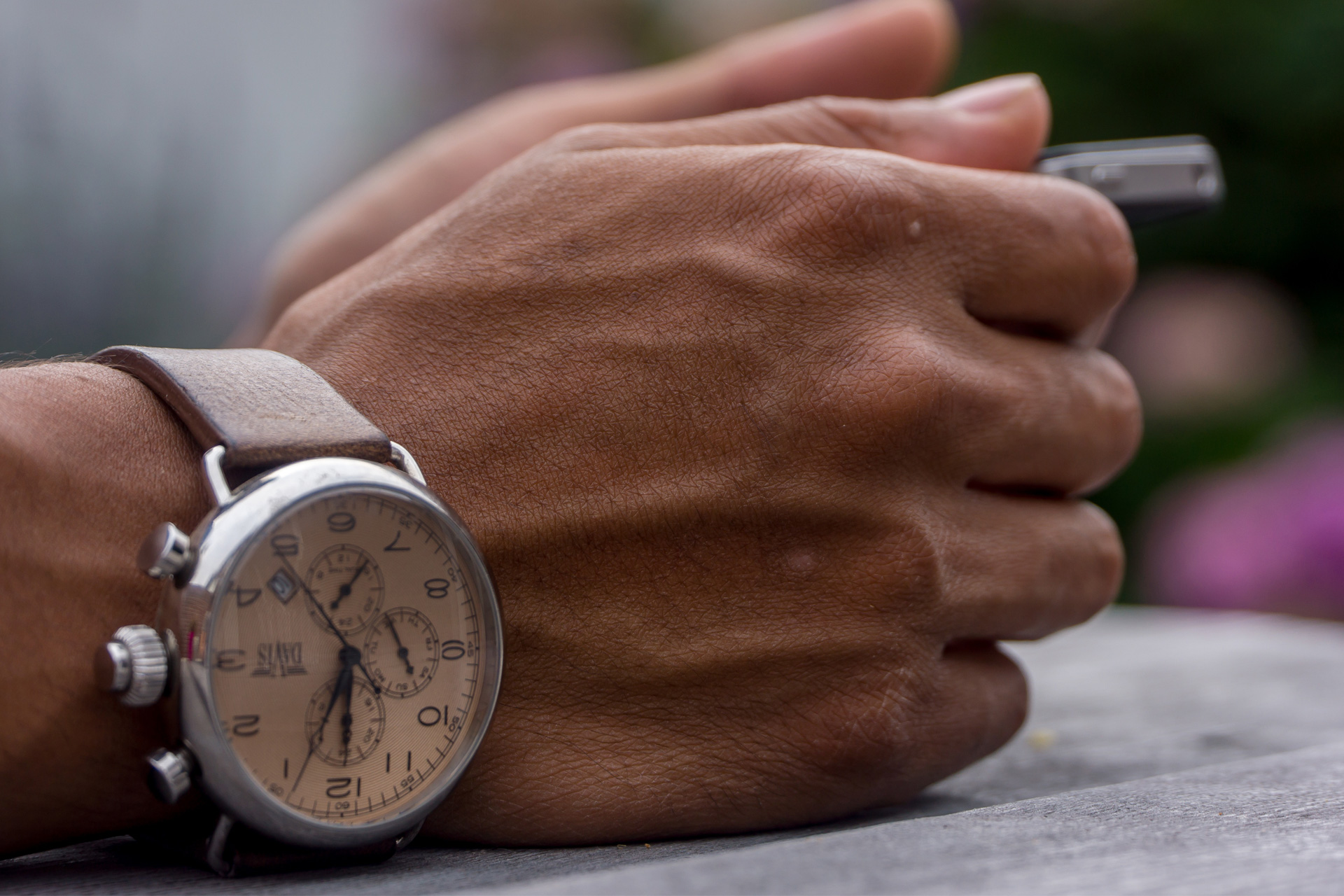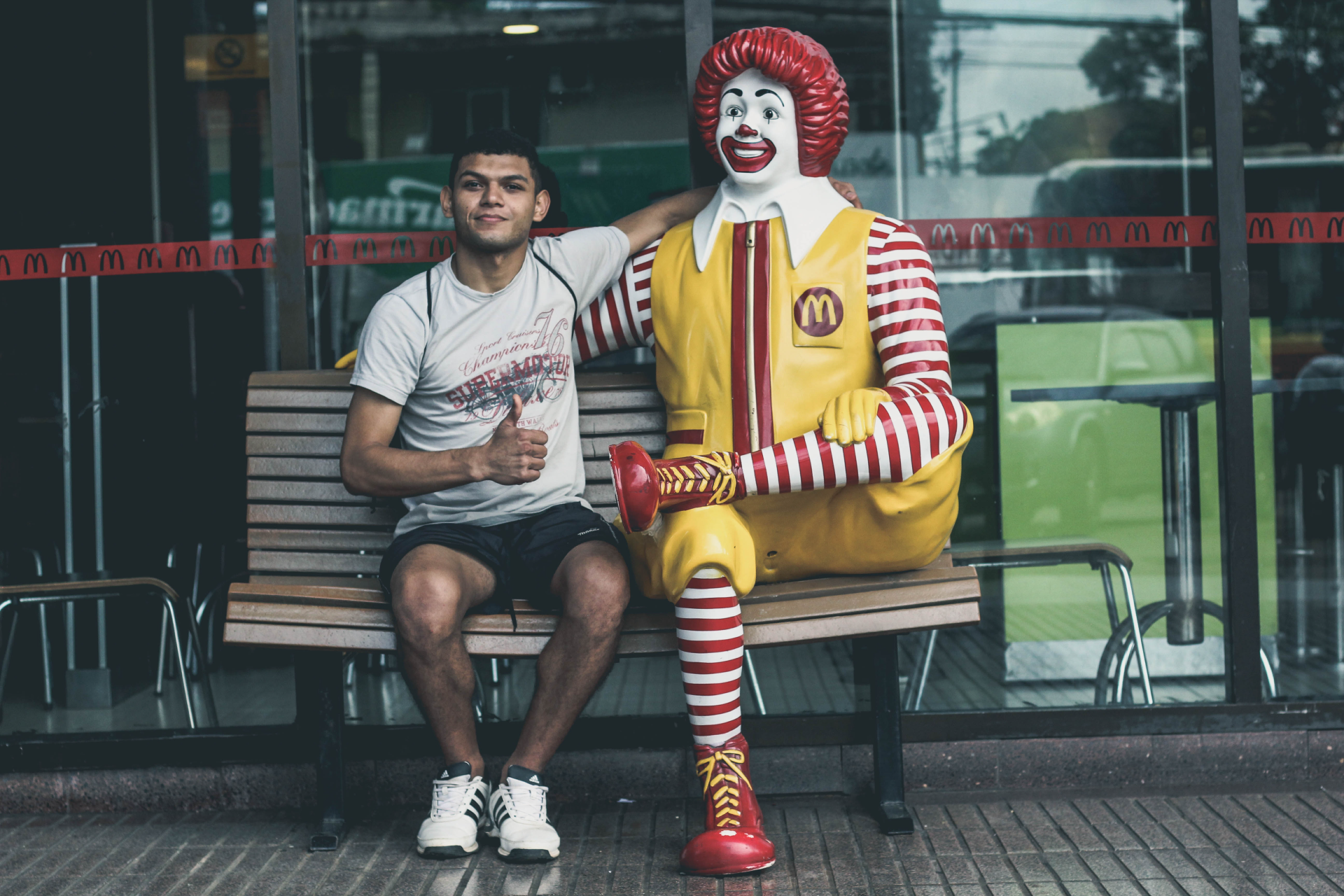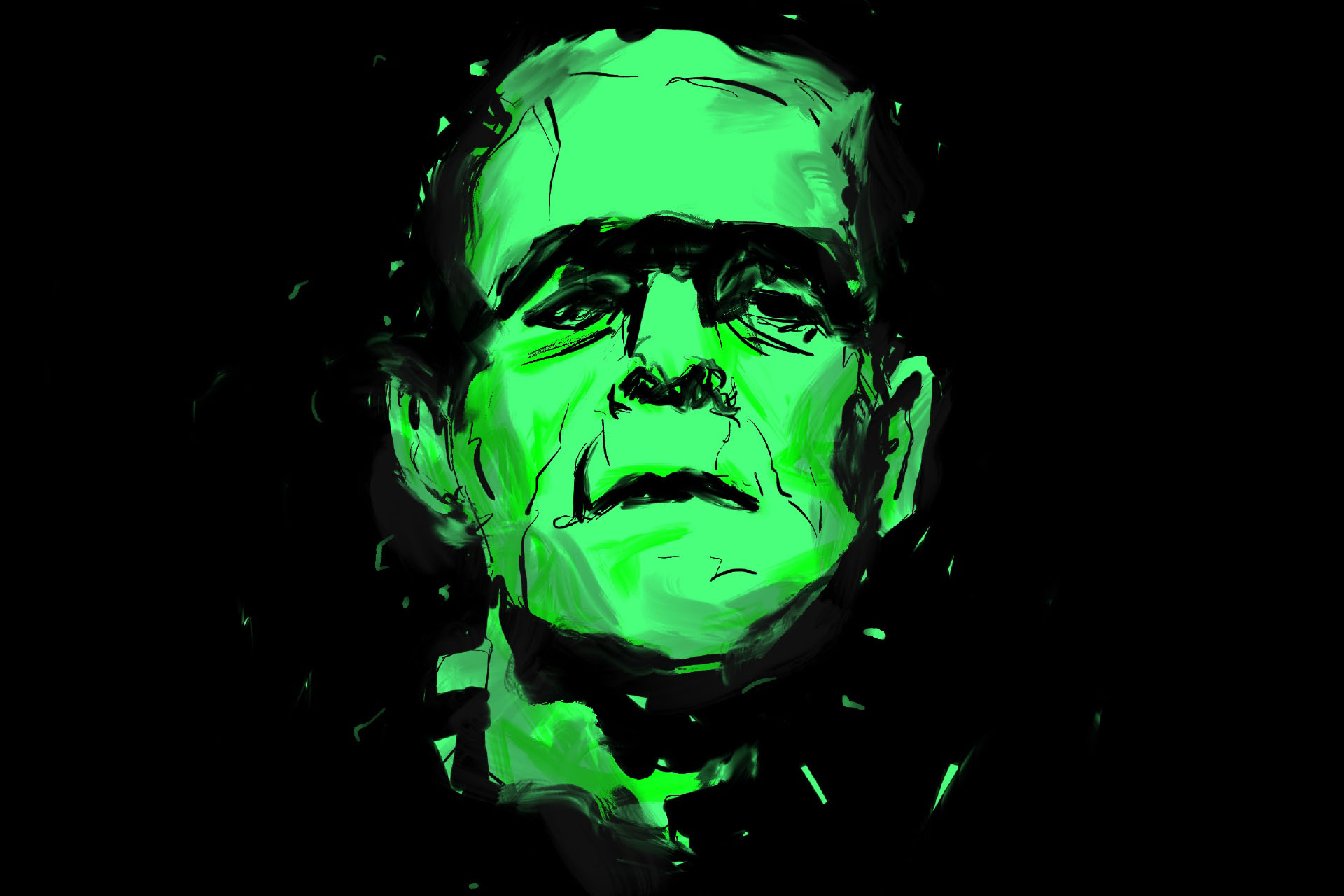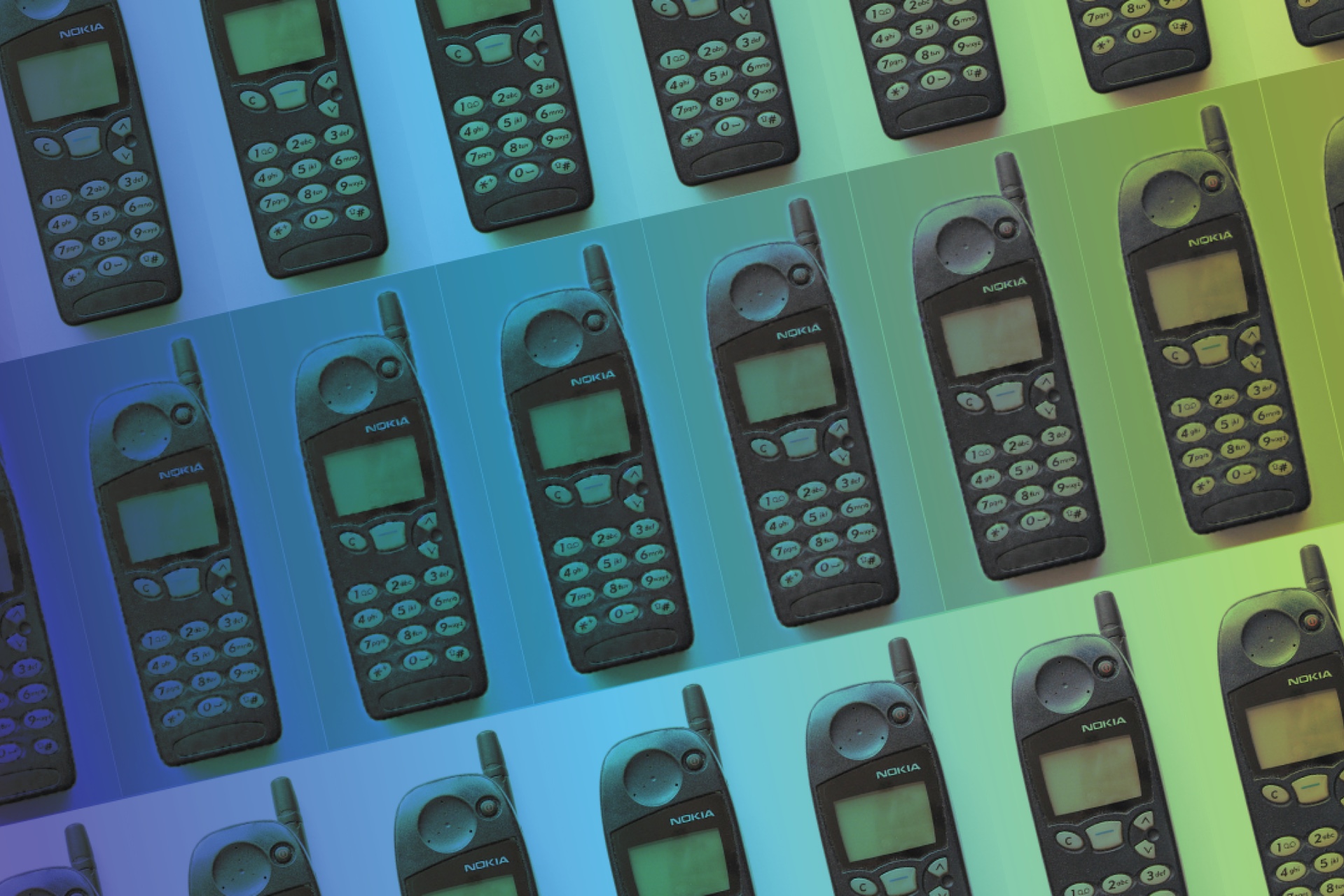Design Responsibility: A Reaction to Nike’s SCAN TO TRY Experience Concept
5 min read
An experience is getting attention on social media.
I caught wind of Nike’s new SCAN TO TRY pilot on LinkedIn the other day.
What’s that?, you ask. Basically, customers can request to try on a pair of shoes without talking to anybody. It’s an innovative way to blur the lines between in-store shopping experiences and digital ones. You can have the satisfaction of taking the product home same-day, with the perceivably unobtrusive nature of online shopping—browsing merchandise without needing a store associate at your side.
As an experience designer, I see the seeming genius and excitement behind it…
I imagine user research uncovered sentiments like:
- I don’t feel like the [shoe] salesperson is helpful… they ask dumb questions, like ‘how do they feel?’
- I feel like the salesperson is hovering.
- I can’t make a purchasing decision in peace.
Heck…I feel that way in many stores.
I imagine a product team discussing ways to alleviate these pain points.
I imagine the excitement (okay, I can practically feel the excitement) that the product team probably had as they uncovered a feasible way to disrupt the shoe-selling business.
…And, I think Nike stores could very well gain traction [<< I hope that made you smile], at least for a stint, with this concept.
Yet, my mind went to… I wonder if there were any conversations about the bigger consequences of this. Here’s what I mean…
Products influence culture.
It’s being said that loneliness is the health epidemic of our era. I don’t doubt the notions that our device dependencies—perhaps specifically social media—contribute to our loneliness.
The products and services we’re pushing out there affect us as a people. Ideas—the great ones, the mediocre ones, the carefully-thought-through ones, and the rash ones—play a significant part in our life experiences. And if we want to get deep, we could project that on to next generations.
Yes, users’ expressed pain points might suggest less human contact to be a solution (I cautiously assume that pain points are what informed this design decision, although I guess it could be a business desire to reduce overhead of costly storefronts…).
But does it make our world better? We, as humans in 2018, tend to isolate—maybe as an effort to cope privately (loud disclaimer: I’m not a psychologist), but the topics of loneliness and the need for community seem to pop up more and more.
Could our efficiency-obsessed, vending machine world be contributing to our culture’s hunger for meaningful interaction? Or at minimum, are we being insensitive to the matter by continuing to push out ‘solutions’ that replace real relationships?
What can we do differently?
We can think about the big picture. The term ‘taking a 30,000 foot view’ gets thrown around a lot when talking about potential solutions, but usually from a product standpoint. I advocate that a ‘30,000 foot view’ becomes the level from which we forecast the societal impact our product decisions are having, or have potential to make.
Practically, we can apply the same insights research brings to product design in a way that promotes a future that uses technology to facilitate human-focused interactions. Maybe the question we should be asking as innovators is How can we use devices and digital experiences to physically bring people together and delight in talking to each other again?
Since we’re talking about a shoe buying experience, let’s revisit the assumed research-founded pain points:
- I don’t feel like the [shoe] salesperson is helpful… they ask dumb questions, like ‘how do they feel?’
- I feel like the salesperson is hovering.
- I can’t make a purchasing decision in peace.
It feels like the salesperson is the problem. But as responsible innovators, we don’t want to contribute to the societal problem of isolation and loneliness. So, rather than just eliminate the salesperson, let’s figure out how to make them a valuable part of the experience.
There is small business local to the Cedar Valley, The Runner’s Flat, that has done this brilliantly.
A customer walks in the door, and they’re greeted by an esteemed runner who offers to analyze your gait in order to get you into a shoe that gives you support in the right places for you. Here’s what an interaction between a customer and and salesperson looks like there:
Salesperson:Have you been here before?
Customer: No
Salesperson: Okay, what kind of running are you doing and what shoes are you currently wearing? Are they working for you?
Customer: Long distance. Asics Kayanos. I think they’ve been working, but they’re pretty old and I don’t know how to tell what kind of shoe I actually need.
Salesperson: Okay, let’s put you in a neutral shoe and I’ll watch you run to see what level of support you need
The salesperson uses an iPad to take a video of the customer’s gait. They review it together, and the salesperson points out the characteristics of the stride that can be corrected with the right shoes. Next, he brings out a couple of shoe options that have the right kind of support for any needed correction. Then, with some recommended shoes on, the customer hops back on the treadmill to confirm the gait correction. At that point, the salesperson gives the customer some space to make a decision.
In this scenario, the salesperson is using technology to providing expressible value to the customer. That video is crucial to facilitating a meaningful conversation.
The point is…
The point is not to bash the use of technology to aid sales or processes. Nor is it to bash Nike’s experience design… I can see where it could be helpful to customers and store employees alike.
The point is to encourage all of us—Chief Innovation Officers, designers, entrepreneurs, innovators—to slow down a little bit. Just enough to see the broader social landscape, be mindful of it, and be conscious about how we might be affecting it.





